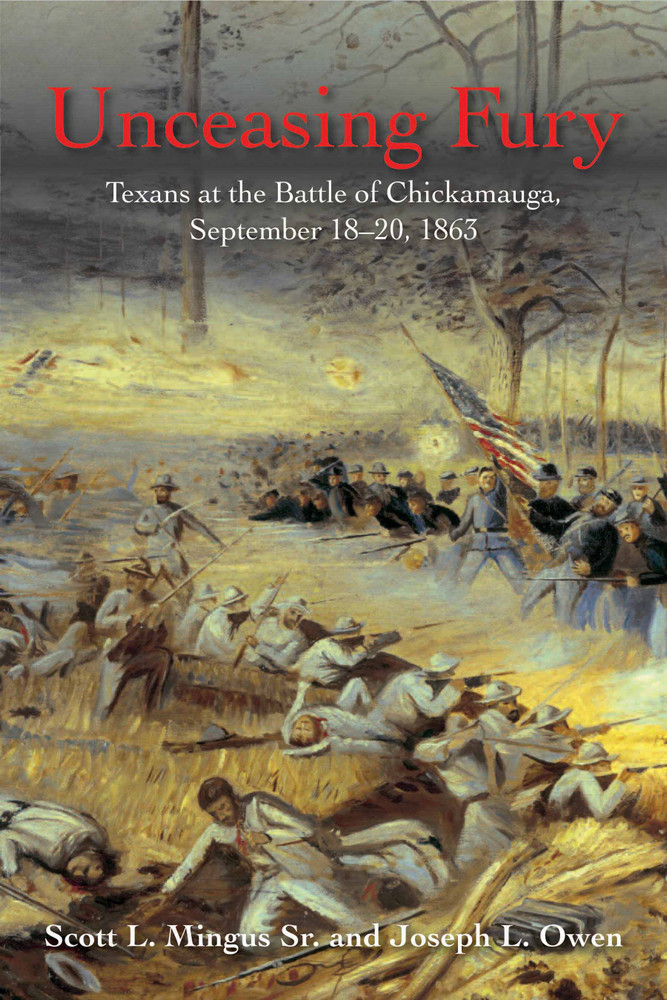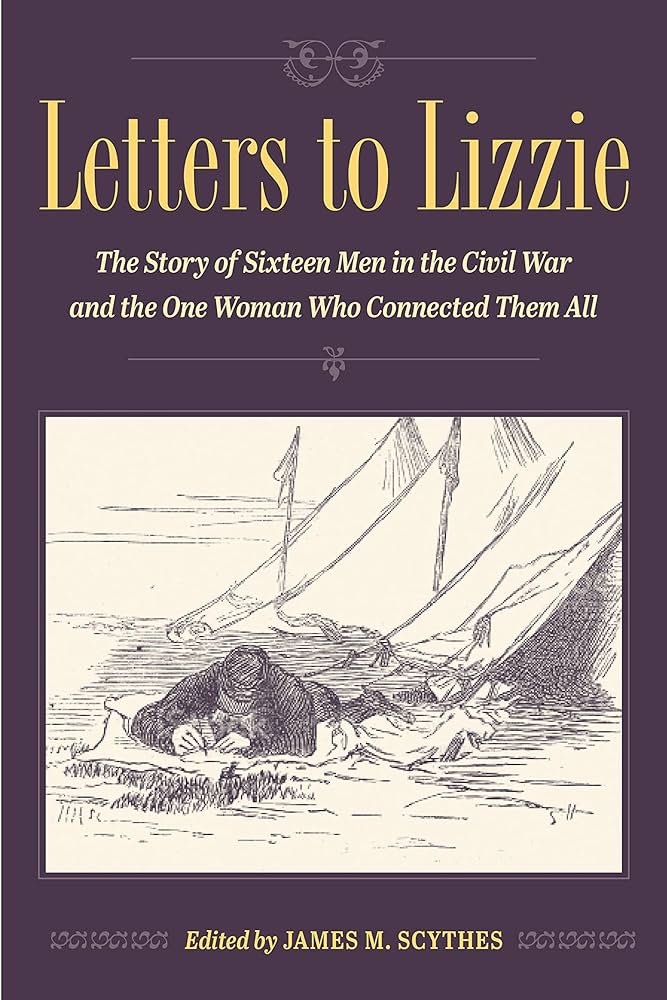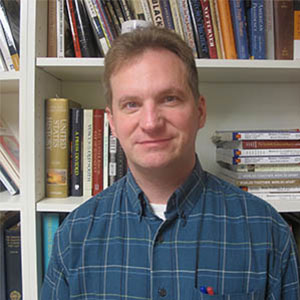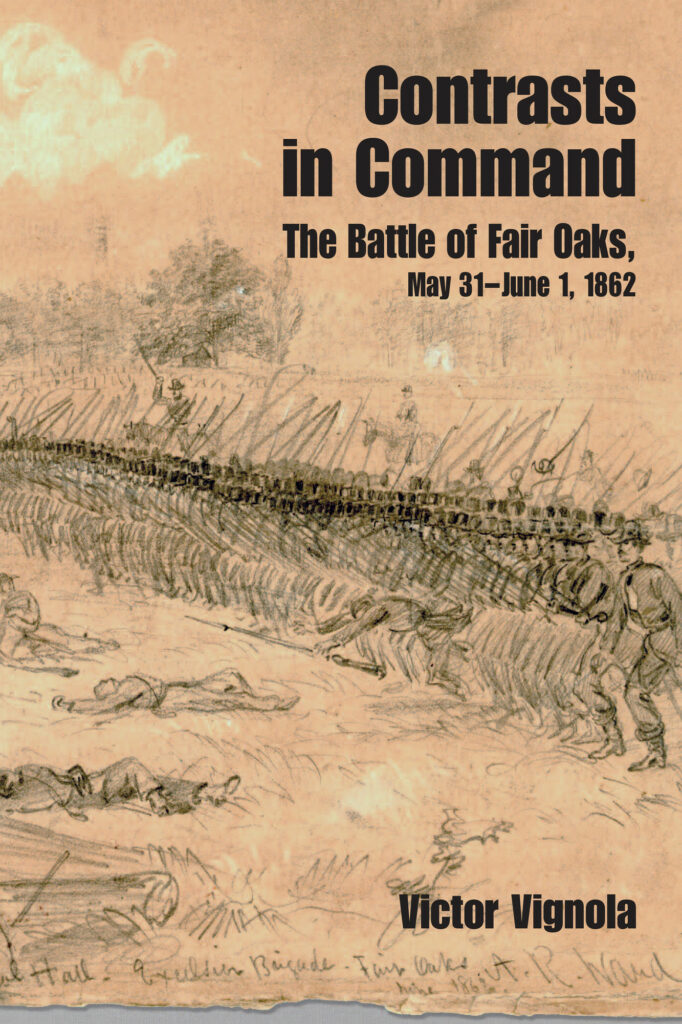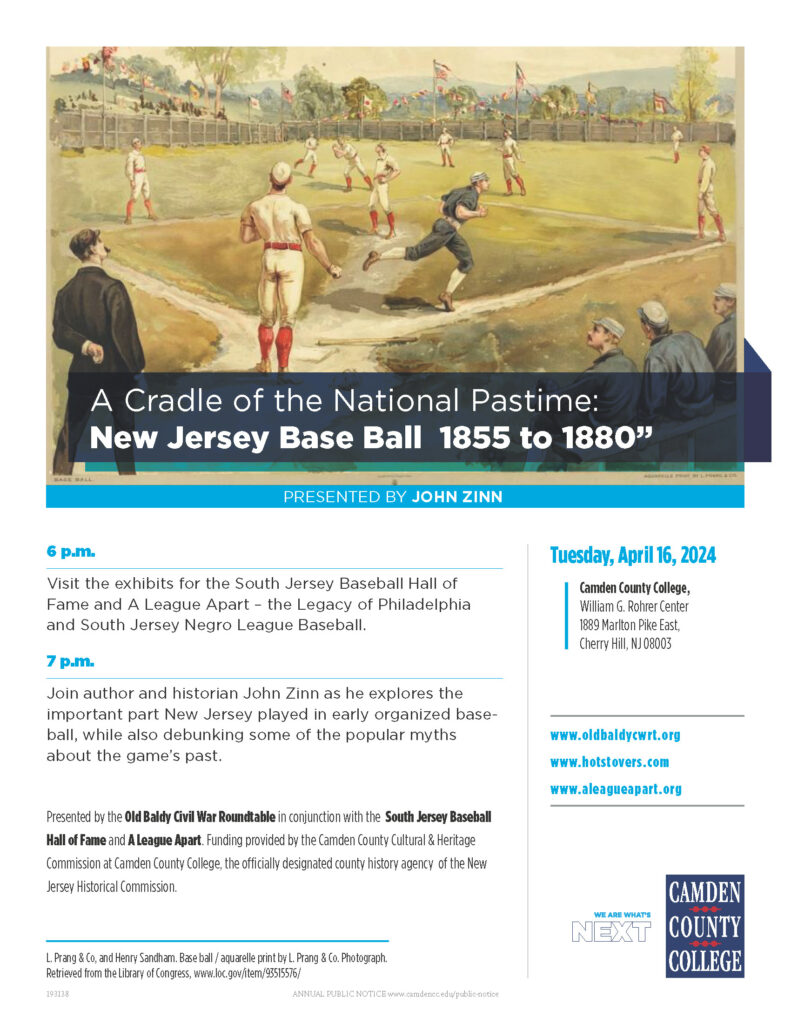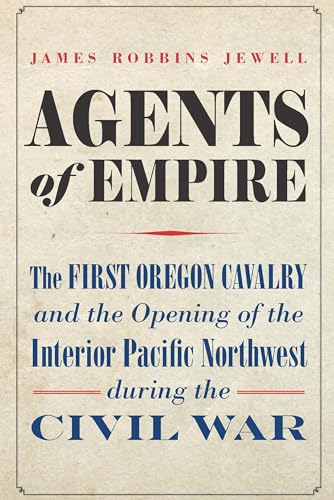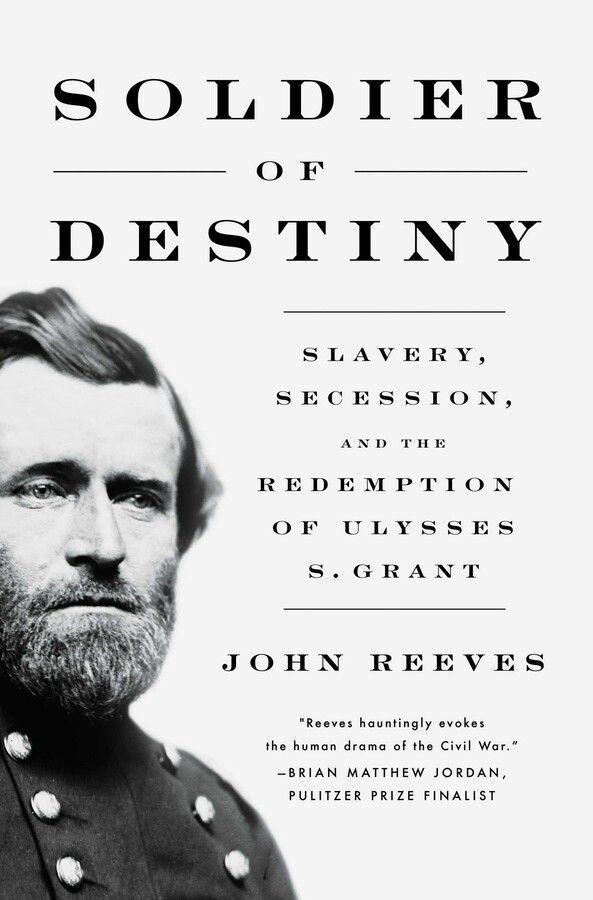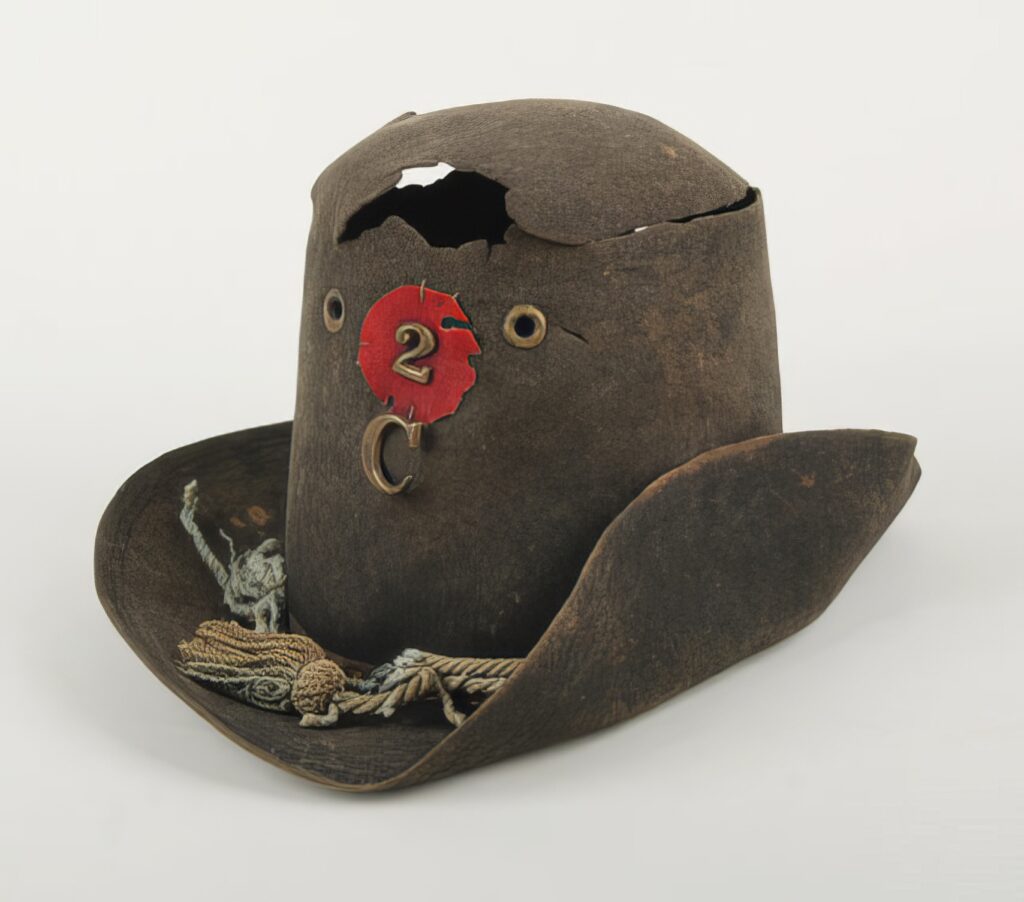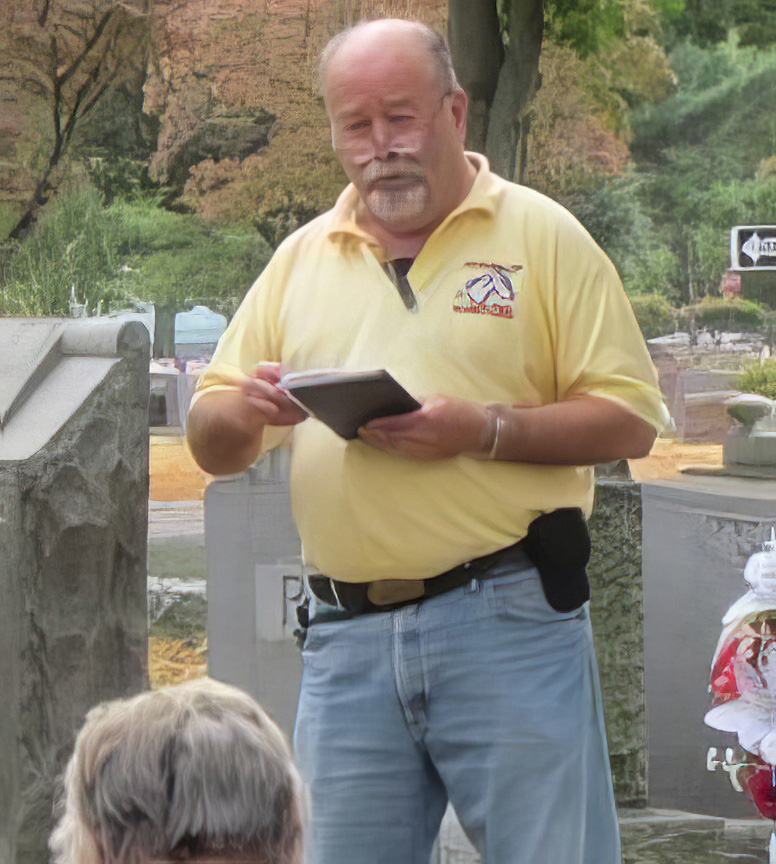Join us at 7:15 PM on Thursday, August 8th, in Camden County College’s William G. Rohrer Center, 1889 Marlton Pike East, Cherry Hill, NJ 08003. We will meet at The Kettle & Grill, 230 N Maple Ave, Marlton, NJ 08053 (Crispin Square Shopping Center) at 5:30 PM before the meeting for dinner and fellowship. The program will also be simulcast on Zoom for the benefit of those members and friends who are unable to attend; please email oldbaldycwrt [at] verizon [dot] net at least 24 hours prior to request Zoom access. This month’s topic is
Alex Rossino on “Calamity at Frederick: Robert E. Lee, Special Orders No. 191, and Confederate Misfortune on the Road to Antietam”
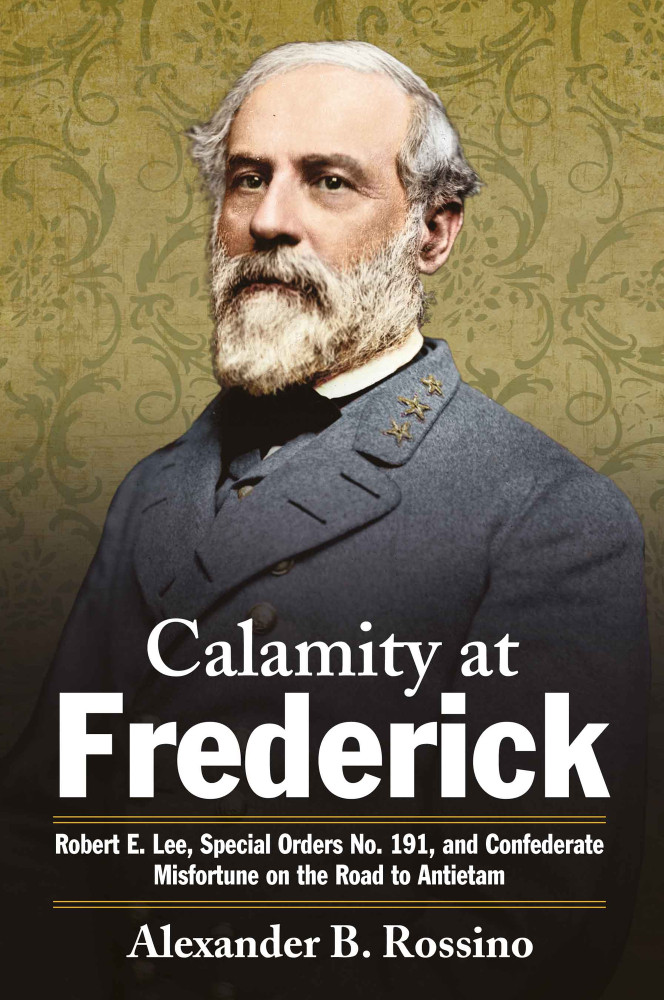
In this new work, Dr. Alex Rossino makes extensive use of primary sources to explore these subjects and other important questions related to the orders, including why General Lee thought his army could operate north of the Potomac until winter; why Lee found it necessary to seize the Federal garrison at Harpers Ferry; what Lee hoped to accomplish after capturing Harpers Ferry; where Corporal Barton Mitchell of the 27th Indiana found the Lost Orders; and if D. H. Hill or someone else was to blame for losing the orders. The result is a well-documented reassessment that sheds new light while challenging long-held assumptions.
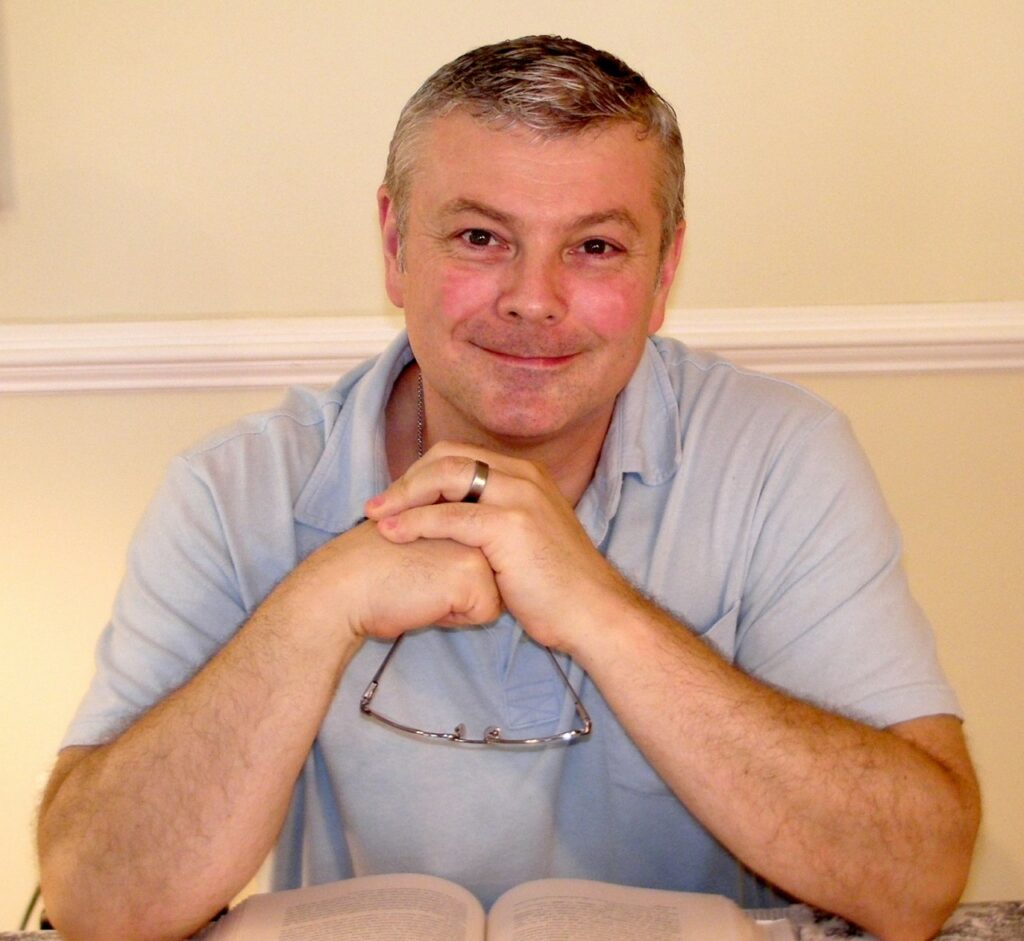
A resident of Boonsboro, Dr. Alex Rossino earned his PhD in History at Syracuse University. In addition to being a frequent public speaker about Civil War history, Dr. Rossino is also the author of several books and articles, including Their Maryland: The Army of Northern Virginia from the Potomac Crossing to Sharpsburg in September 1862 and The Tale Untwisted: General George B. McClellan, the Maryland Campaign, and the Discovery of Lee’s Lost Orders, which he co-wrote with Gene Thorp. His newest book, Calamity at Frederick: Robert E. Lee, Special Orders No. 191, and Confederate Misfortune on the Road to Antietam, came out with Savas Beatie in October 2023. Dr. Rossino does not limit his writing to history, either. He is also a novelist. His book, Six Days in September: A Novel of Lee’s Army in Maryland, has been praised for its historical accuracy by Civil War enthusiasts, and his next novel, The Guns of September: A Novel of McClellan’s Army in Maryland, is due out in 2024.

